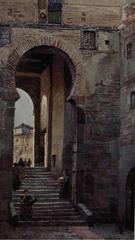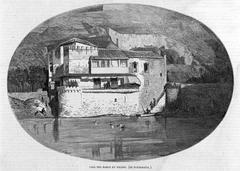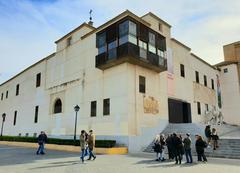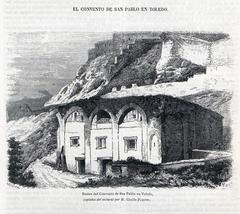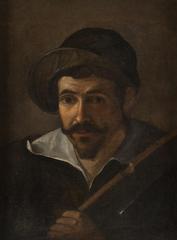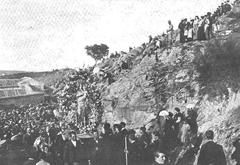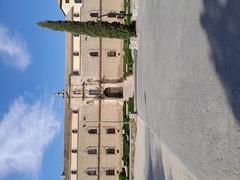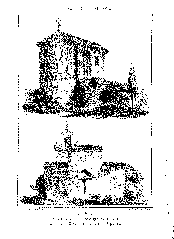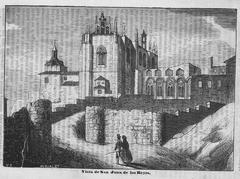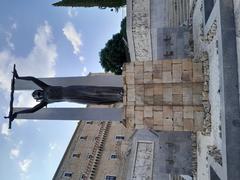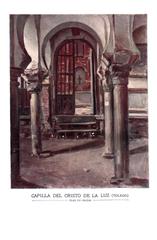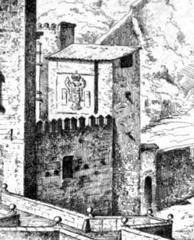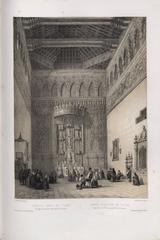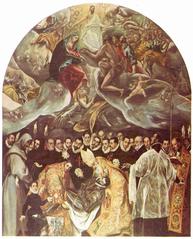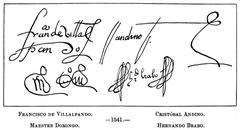Visiting Circo Romano de Toledo: Hours, Tickets, and Historical Significance
Date: 24/07/2024
Introduction
The Circo Romano de Toledo, or the Roman Circus of Toledo, is a captivating archaeological site that offers a glimpse into the grandeur of Roman engineering and entertainment. Constructed in the 1st century AD, possibly under the reign of Emperor Augustus or Emperor Tiberius, it served as a hub for public spectacles such as chariot races. Located on the northern outskirts of the ancient Roman city of Toletum, now modern-day Toledo, this magnificent structure was a testament to the Roman Empire’s influence and architectural prowess. The circus was designed to host tens of thousands of spectators, making it one of the largest circuses of its time (Wikipedia, History Hit).
The significance of the Circo Romano de Toledo extends beyond its size and capacity. It reflects the broader Roman strategy of using monumental architecture to promote cultural integration and assert imperial power. The site was actively used until the 4th or 5th century AD, after which it fell into decline with the rise of Christianity and the arrival of the Visigoths (Atlas Obscura). Rediscovered and excavated in the early 20th century, the site has since been preserved within a modern-day park, allowing visitors to explore its ruins and appreciate its historical context (InSpain).
For those planning to visit, the Roman Circus offers a rich historical experience complemented by nearby attractions such as the Toledo Cathedral and the Alcázar of Toledo. This guide provides detailed visitor information, including opening hours, ticket prices, travel tips, and more, ensuring a memorable and educational visit to one of Spain’s most remarkable ancient sites.
Table of Contents
- Origins and Construction
- Architectural Design and Capacity
- Location and Urban Integration
- Use and Decline
- Excavations and Discoveries
- Preservation and Current State
- Significance in Roman Urban Landscape
- Visitor Experience
- Visiting Hours and Tickets
- Accessibility
- Nearby Attractions
- Travel Tips
- FAQ
- Conclusion
Origins and Construction
The Circo Romano de Toledo, also known as the Roman Circus of Toledo, is an ancient Roman circus located in the city of Toledo, Castilla-La Mancha, Spain. Constructed during the 1st century AD, likely under the reign of Emperor Augustus or Emperor Tiberius, this structure was part of a broader initiative by the Roman Empire to endow major cities with public buildings such as amphitheaters, theaters, fora, and thermae to promote Romanization in these regions (Wikipedia).
Architectural Design and Capacity
The Roman Circus of Toledo was designed to host entertainment events such as horse and chariot races, similar in style to Rome’s Circus Maximus. Measuring approximately 422 meters in length and 112 meters in width, it was one of the largest circuses of its time. It is estimated that the circus could accommodate between 15,000 to 30,000 spectators, sufficient for the city and surrounding towns (History Hit).
Location and Urban Integration
Strategically located on the northern outskirts of the Roman city of Toletum (modern-day Toledo), the circus was typical of Roman circuses situated outside the main walled enclosure. A causeway likely connected the city to the circus, although this has not been found. The location allowed for easy access while keeping the noise and crowds away from the city center (Atlas Obscura).
Use and Decline
The Roman Circus of Toledo was actively used until around the 4th or 5th century AD. During this period, it hosted various public spectacles, including chariot races and possibly gladiatorial games. However, with the rise of Christianity, which opposed such public entertainments, the use of the circus declined. The arrival of the Visigoths further contributed to its abandonment. Over time, the circus was repurposed for other uses, including as a cemetery and a potter’s colony (History Hit).
Excavations and Discoveries
The site of the Roman Circus of Toledo was largely forgotten until the early 20th century when it was rediscovered and excavated. The most extensive excavations took place in 1927 and 1929, directed by the Commission of Historical-Artistic Monuments of the Province of Toledo. These excavations, led by Emiliano Castaños and Francisco de Borja San Román, included a topographic survey by Rey Shepherd. Numerous inscriptions and artifacts were recovered, providing valuable historical information about the circus and its use (Wikipedia).
Preservation and Current State
Today, the remains of the Roman Circus of Toledo are preserved within a modern-day park, allowing visitors to explore the ruins. The site primarily consists of low-lying arches from the lower levels of the structure, giving little impression of the original grandeur of the circus. However, the foundations, passages, and archways are exposed, offering a glimpse into the architectural prowess of ancient Rome. Information boards are provided to help visitors understand the historical context of the site (Atlas Obscura).
Significance in Roman Urban Landscape
The archaeological remains of the circus are significant as they affirm Toledo’s important role in the political and legal administration of the Roman Peninsula. The size and capacity of the circus indicate that Toletum was a major urban center in Roman Hispania. The circus also reflects the broader Roman strategy of using monumental architecture to assert imperial power and promote cultural integration within the empire (Wikipedia).
Visitor Experience
Visitors to the Roman Circus of Toledo can enjoy a self-guided tour through the park where the ruins are located. Audio guides are available in multiple languages, offering detailed descriptions of the various features of the circus and historical anecdotes. For a truly memorable experience, it is recommended to visit the site at sunset when the golden rays illuminate the ancient ruins, creating a magical atmosphere. Nearby restaurants offer a delightful dining experience, allowing visitors to savor Spanish cuisine while overlooking the historic circus (InSpain).
Visiting Hours and Tickets
The Roman Circus of Toledo is open to visitors daily from 10 AM to 6 PM. Admission is free, allowing everyone to explore this historical site without any cost. However, donations are welcomed to support preservation efforts. Special guided tours can be booked in advance for a more in-depth exploration of the site.
Accessibility
The Roman Circus of Toledo is easily accessible by public transportation, with several bus lines stopping within walking distance of the site. For those arriving by private vehicle, limited parking is available near the site. The convenient location and accessibility make the Roman Circus an ideal destination for history enthusiasts and tourists alike (InSpain).
Nearby Attractions
While visiting the Roman Circus of Toledo, consider exploring other historical sites in the city, such as the Toledo Cathedral, Alcázar of Toledo, and the Synagogue of El Tránsito. These attractions offer a comprehensive glimpse into Toledo’s rich history and cultural heritage.
Travel Tips
- Wear comfortable shoes, as the terrain around the ruins can be uneven.
- Bring water and sunscreen, especially during the summer months.
- Check the official website or local tourism office for any special events or closures before planning your visit.
FAQ
Q: Are there guided tours available at the Roman Circus of Toledo?
A: Yes, guided tours are available and can be booked in advance for a more in-depth exploration of the site.
Q: Is there a fee to enter the Roman Circus of Toledo?
A: No, admission is free, but donations are welcomed to support preservation efforts.
Q: What are the visiting hours for the Roman Circus of Toledo?
A: The site is open daily from 10 AM to 6 PM.
Q: Is the Roman Circus of Toledo accessible by public transportation?
A: Yes, several bus lines stop within walking distance of the site.
Conclusion
The Roman Circus of Toledo stands as a testament to the enduring legacy of ancient Rome in Spain. Its historical significance, architectural design, and the role it played in the social and cultural life of Toletum make it a must-visit destination for anyone interested in Roman history and culture. The preservation efforts and the modern-day park setting allow visitors to explore and appreciate this magnificent relic of the past. Don’t miss the chance to immerse yourself in history and enjoy the beauty of this ancient site.
Visit our website for more information, download our mobile app Audiala for a personal audio guide, and follow us on social media for the latest updates and travel tips.
References
- Wikipedia. Roman circus of Toledo Wikipedia
- History Hit. Circo Romano de Toledo History Hit
- Atlas Obscura. Roman Circus of Toledo Atlas Obscura
- InSpain. The Roman Circus of Toledo InSpain
